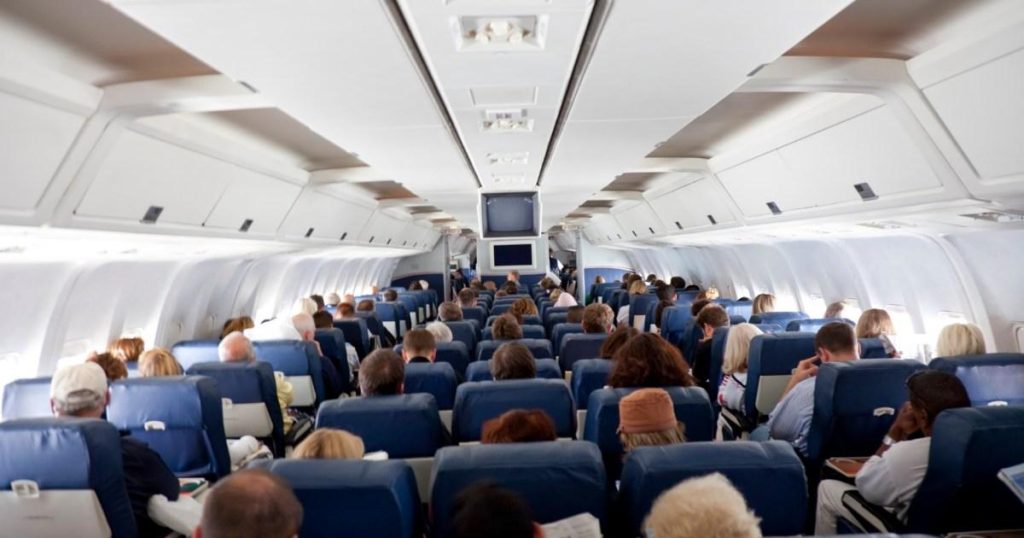Airplane Safety and Seat Selection: A Statistical and Situational Analysis
The recent crash of an Azerbaijan Airlines Embraer 190, allegedly downed by a Russian missile, has tragically reignited public discourse concerning airplane safety and the potential impact of seat selection on survival rates. While the circumstances of this specific incident are highly unusual, the tragedy prompts a broader examination of historical data and situational factors that can influence passenger outcomes in aviation accidents.
Statistical analyses of past aviation incidents suggest a correlation between seating location and survival probability. A comprehensive study by Time magazine, analyzing 35 years of FAA data, revealed a modestly improved survival rate for passengers seated in the rear third of the aircraft. This observation is attributed, in part, to the rear section often experiencing less impact force in head-on collisions. The Time study indicated a 32% fatality rate for rear-seated passengers, compared to 39% in the middle third and 38% in the front. Further granular analysis revealed that middle seats in the rear section boasted the lowest fatality rate at 28%, while aisle seats in the middle section carried the highest risk at 44%. These statistics, while offering a general trend, are not absolute predictors and must be considered within the broader context of each specific accident. The type of impact, the angle of collision, and the nature of the aircraft’s structural failure all play critical roles in determining the most impacted areas of the cabin.
Proximity to emergency exits consistently emerges as a significant factor influencing survival chances. Passengers seated within seven rows of an exit have a statistically higher likelihood of escaping swiftly, especially in scenarios involving fire or water landings. Rapid evacuation is crucial in such situations, and the ease of access to an exit becomes paramount. Conversely, seats located at the extreme front or rear, furthest from exits, pose greater challenges for escape and often result in longer evacuation times.
The Azerbaijan Airlines incident highlights the escalating risks posed to civilian aircraft operating in proximity to conflict zones, even when flying outside the immediate combat area. The incident underscores the potential for unintentional targeting or collateral damage from air defense systems or other military actions. The increasing use of drones and electronic warfare technologies further complicates the airspace, introducing new layers of risk to civilian aviation.
This incident is not isolated; history bears witness to multiple tragedies involving civilian aircraft caught in the crossfire of geopolitical tensions. The 2014 downing of Malaysian Airlines Flight MH17 over Ukraine, attributed to a Russian missile system, and the 2020 accidental downing of a Ukrainian airliner by Iranian forces tragically demonstrate the vulnerability of civilian aircraft in politically charged environments. These events emphasize the importance of international cooperation and stringent safety protocols to protect civilian flights operating in or near conflict zones.
While statistical data can offer insights into general trends in aircraft accidents, the circumstances of each incident are unique. The Azerbaijan Airlines crash, suspected to be caused by a missile strike, is a stark reminder that conventional safety considerations may not fully account for the unpredictable nature of external threats. It’s critical to understand that statistical analyses of past accidents predominantly involve incidents stemming from mechanical failure, pilot error, or weather-related issues, rather than hostile actions.
In conclusion, while seat selection and proximity to exits are important factors in emergency situations, the best course of action for air travelers is to remain vigilant, follow crew instructions diligently, and be aware of safety procedures. Furthermore, ongoing international efforts to enhance airspace security and prevent civilian aircraft from being targeted in conflict zones are essential for mitigating the risks highlighted by the Azerbaijan Airlines tragedy. It is important to remember that these statistics represent probabilities based on historical data and should not be interpreted as guarantees of survival or otherwise. The complexity of aviation accidents dictates that each event is unique, and outcomes are influenced by a multitude of interacting factors.




